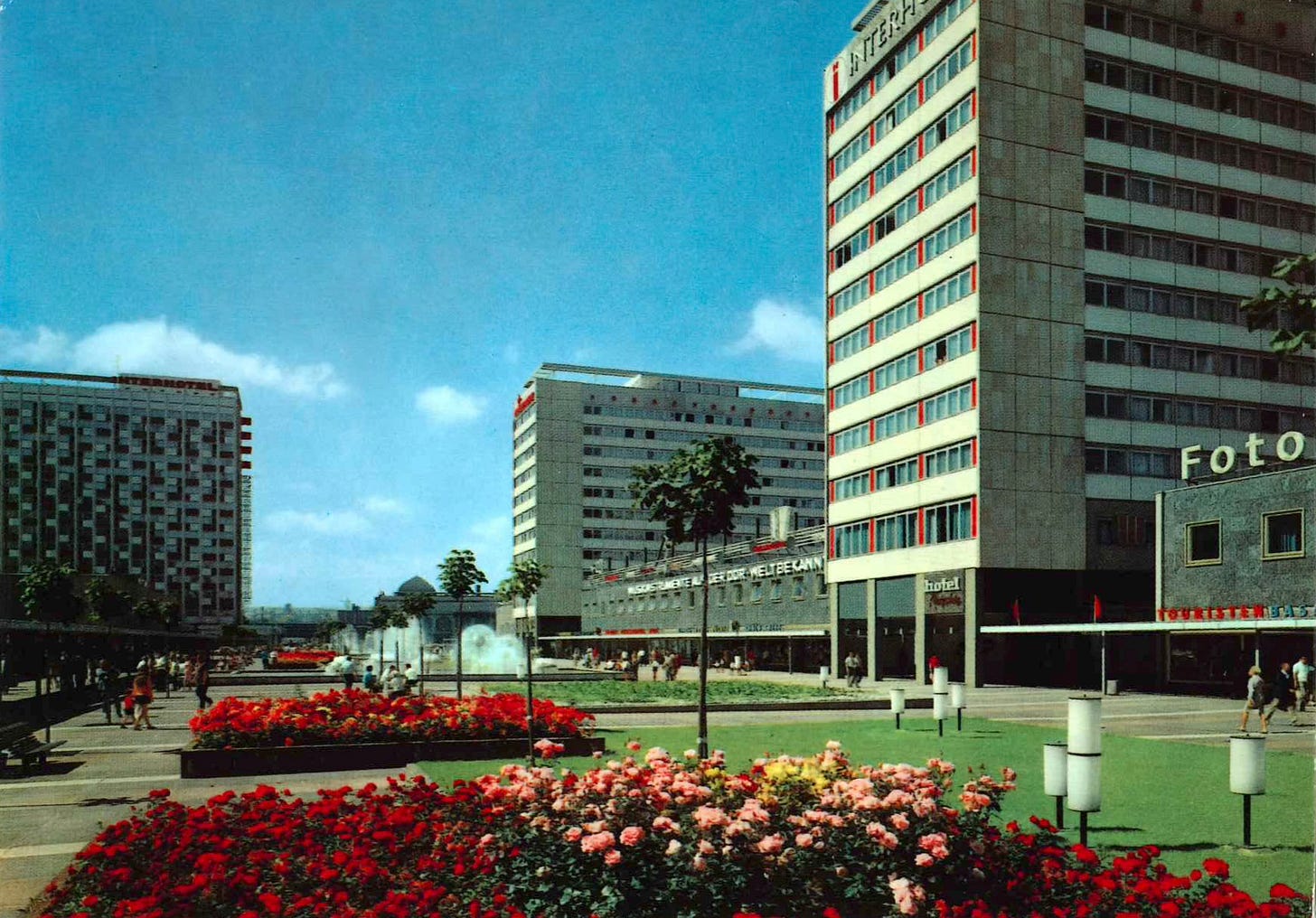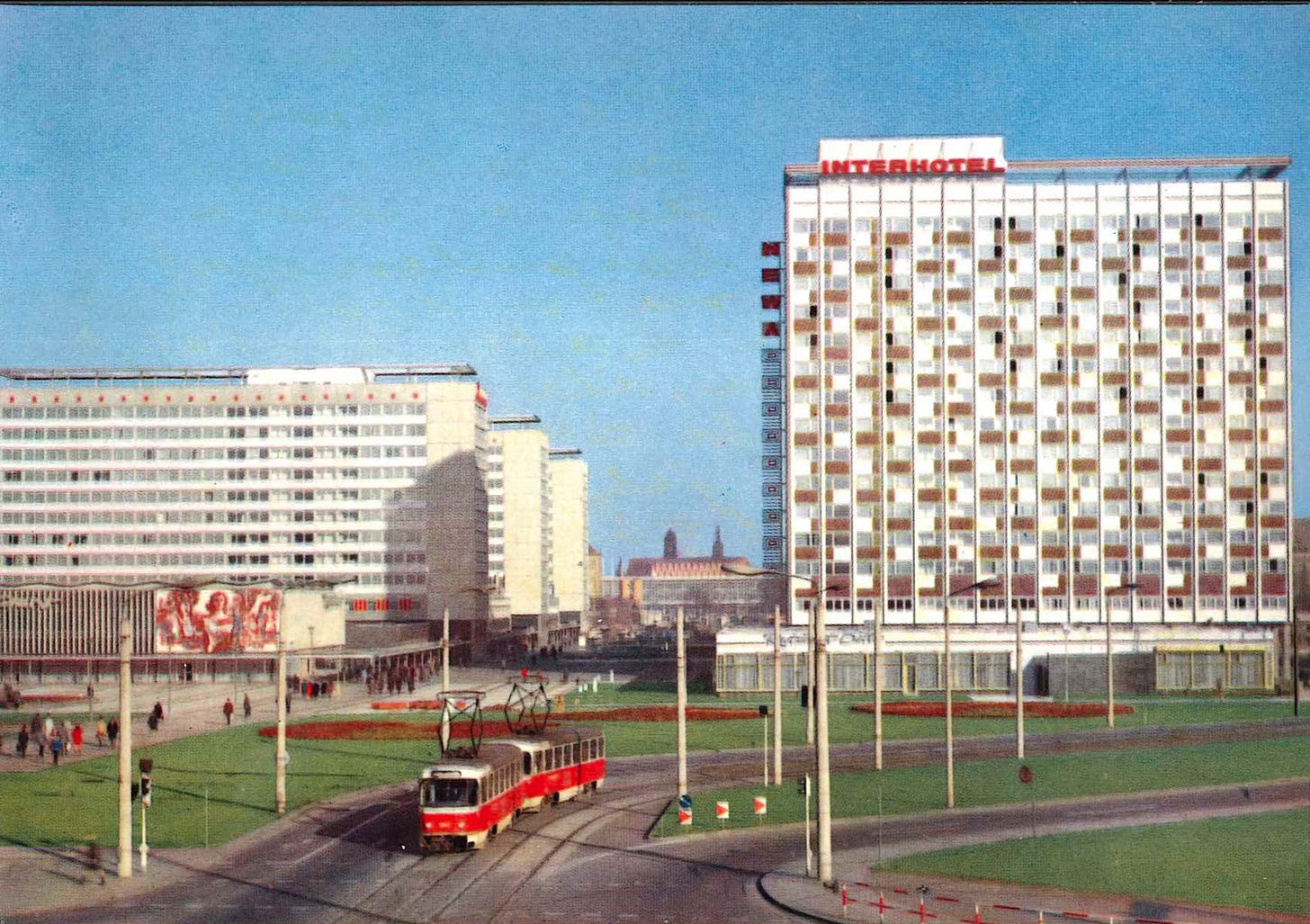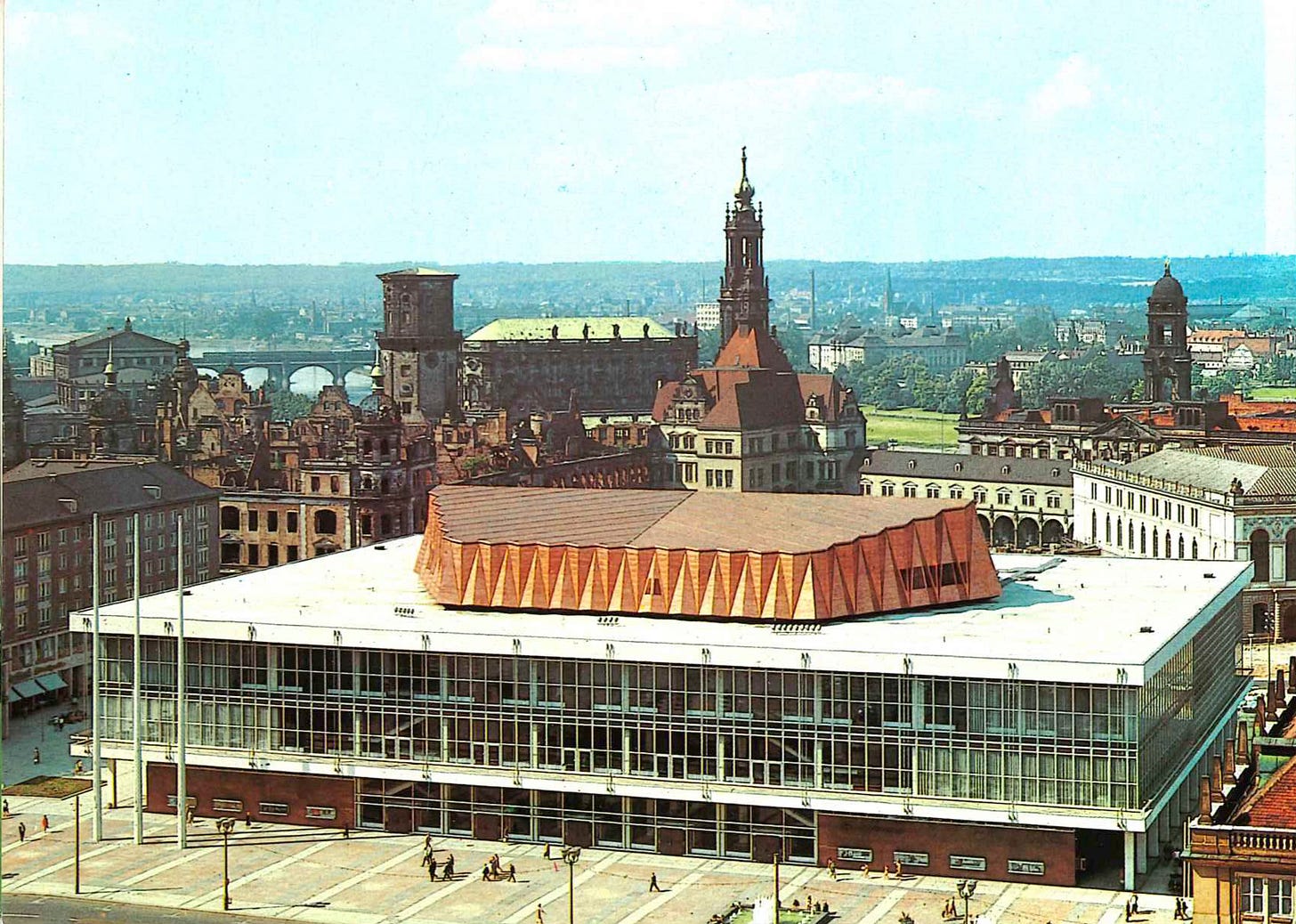Dresden after the Second World War--Reprise
Some more impressions from the rebuilt "Florence on the Elbe"
Before we check out some images, a bit more from Dresden’s Wikipedia page:
The damage from the Allied air raids was so extensive that following the end of the Second World War, a narrow gauge light railway system was constructed to remove the debris, though being makeshift there were frequent derailments. This railway system, which had seven lines, employed 5,000 staff and 40 locomotives, all of which bore women's names. The last train remained in service until 1958, though the last official debris clearance team was only disbanded in 1977.
Rather than repair them, German Democratic Republic (East Germany) authorities razed the ruins of many churches, royal buildings and palaces in the 1950s and 1960s, such as the Gothic Sophienkirche, the Alberttheater and the Wackerbarth-Palais as well as many historic residential buildings…
However, the majority of historic buildings were saved or reconstructed. Among them were the Ständehaus (1946), the Augustusbrücke (1949), the Kreuzkirche (until 1955), the Zwinger (until 1963), the Catholic Court Church (until 1965), the Semperoper (until 1985), the Japanese Palace (until 1987) and the two largest train stations. Some of this work dragged on for decades, often interrupted by the overall economic situation in the GDR. The ruins of the Frauenkirche were allowed to remain on Neumarkt as a memorial to the war.
And now for the main course, I suppose.
Prager Straße
Above and below, a view of the Prager Straße in all its former, Socialist “glory” (sic); here’s a reference from Wikipedia:
The surroundings of the once lively Prager Straße resembled a wasteland before it was rebuilt in the socialist style at the beginning of the 1960s.
Beautiful, eh? (Oh, the irony.)
Kulturpalast | Palace of Culture
Above, a view of the long-since demolished Kulturpalast, as seen from the spire of the Kreuzkirche.
While the Theater and Schloßplatz were rebuilt in accordance with the historical model in 1990, the Neumarkt remained completely undeveloped. On the other hand buildings of socialist classicism and spatial design and orientation according to socialist ideals (e.g. Kulturpalast) were built at the Altmarkt.
Note that the Kulturpalast was place squarely in the old city centre, the Altmark.
Kreuzkirche, Zwinger, and a Night-Time View
It’s time to bid farewell to Dresden now—I do have many more postcards, but I think we’ll travel elsewhere before too long.











It is depressing to think how much was lost and how little they cared
There's something to be said for the Soviet modernism, surely? Thank you so much for this post. My grandmother was a refugee who arrived in Dresden shortly after the bombing. It is strange to think of her ghost in these pictures, between what had been and what was shortly to be built.